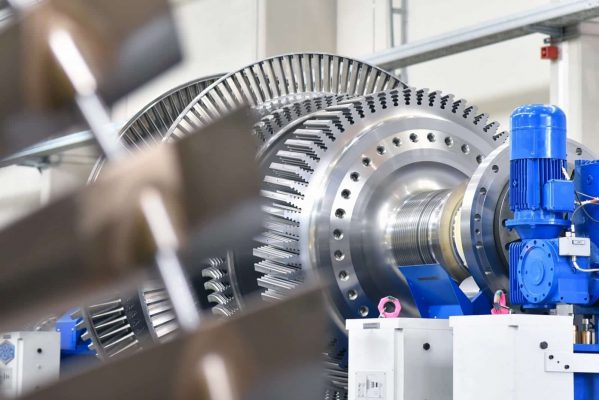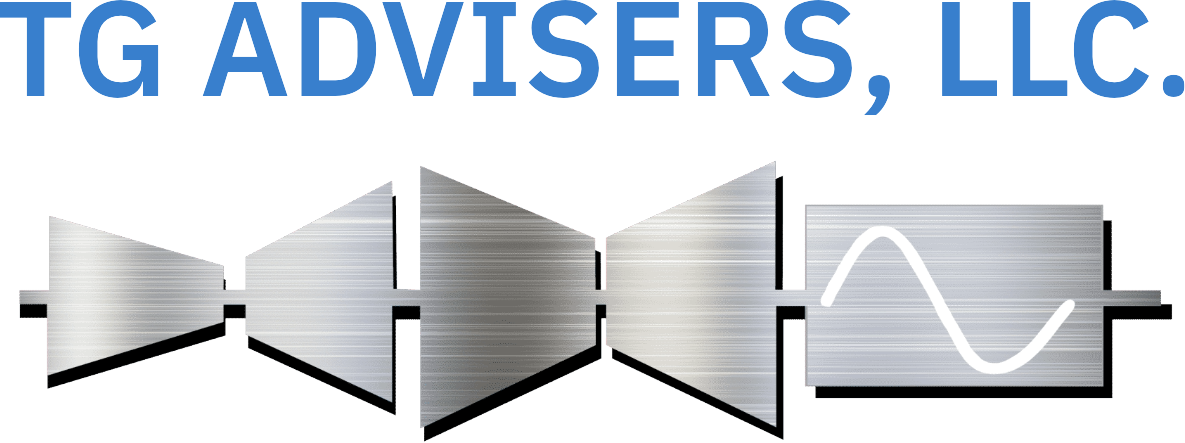How to Prepare for a Steam Turbine Generator Outage
Preparing for a Steam Turbine Generator Outage
TG Advisers’ team of experts have extensive turbine generator outage planning experience. We polled our team for best practices to help in preparing for your upcoming outage.
- Scope Early – Start preparation 18 to 24 months in advance. Timing is critical for a successful turbine generator outage.
- Review prior outage reports, known issues, and desired improvements.
- Identify key unit risks. As units age, more extensive inspections are required. Consider design, unit operating patterns and accumulated service history.
- Review technical advisories/OEM service bulletins for issues which have presented themselves in fleets of similar units.
- Review the planned operating profile for the unit and related failure mechanisms.
- Divide scope into primary and contingent components.
- Conduct economic and risk analyses to evaluate and finalize scope.
- Develop a work breakdown structure to determine contracting scopes and approach.
- Identify likely long lead-time parts replacement needs and major prerequisite activities.
- Review the approved vendor list and determine the likely bidder list.
- As necessary, obtain budgetary quotes to support a preliminary cost and schedule estimate.
- Secure budgetary approval and funding for prerequisite activities (e.g., engineering design activities) and long lead-time part ordering.
- Initiate prerequisite activities and long-lead ordering as required to support the schedule.
- Secure Qualified Service Supplier(s) – Retain service providers well in advance of the outage as comprehensive proposals can take a long time to evaluate. Joint planning with supply chain team and service providers is essential in maximizing down time and cost benefits.
- Develop proposal/bid specifications.
- Allot vendors time to respond to request for proposals.
- Evaluate proposals including due diligence reviews (OEM or non-OEM):
- Confirm service provider has experience with your unit type.
- Ensure provider engineering support team is equipped to handle issues in a timely manner.
- Consider hiring an independent third party to assist in vetting a supplier and providing technical support throughout the outage.
- If specialty work is anticipated, prequalify facilities to determine capabilities and materials/processes to be utilized for repair. Examples include significant weld repairs on a rotor or an attachment to the rotor, which are well beyond the skills of many suppliers who advertise services for weld repair. Secure shop time well in advance for specialty repairs.
- Confirm Specialty Practices and Key Outage Execution Programs – Arrange equipment, certifications, and key programs in a timely manner to avoid any last-minute high dollar costs.
- Special/Heavy Equipment:
- Procure and inspect proper equipment for a safe work environment.
- Crane or other rigs
- Obtain certifications associated with special/heavy equipment.
- Determine if any specialty tooling is needed.
- For example, bolt heaters
- Procure and inspect proper equipment for a safe work environment.
- Outage Execution Programs:
- Establish FME (foreign material exclusion) for a controlled environment.
- Tools or other foreign matter if not properly identified and controlled can cause significant damage when a unit is being reinstalled and put back online.
- LOTO (lock out tag out)
- QA/QC
- Shift turnover meeting requirements
- Laydown logistics
- Establish FME (foreign material exclusion) for a controlled environment.
- Special/Heavy Equipment:
- Refine the Plan – Costs and schedule certainty will improve as information becomes more defined.
- As planning and procurement activities progress, review the outage estimate (costs and schedule) and update accordingly. Keep management aware of key changes in any assumptions.
- Perform risk assessments and identify mitigating actions for likely and/or high impact risks. Build these into the plan as necessary.
- Ensure communication and decision processes are established and shared with all key in-house and contractor staff.
- Execute the Outage – Ensure all parties are aware of the plan and expectations for communications, reporting and decision making prior to outage start.
- Review daily progress.
- Review upcoming activities compared to the plan.
- Ensure a strong emphasis of environmental, health and safety during the outage.
- Address emerging issues in a timely and informed manner.
- Ensure management is well informed of progress.
- Complete Benchmarking – Finalize your turbine generator outage with a pre- and post- operational benchmarking assessment noting lessons learned which would be able to be applied for the next outage.
- Key Metrics for Benchmarking:
- Budget
- Operation condition of unit
- Schedules
- Data readings
- Vibration
- Temperature on bearing
- Enthalpy drop calculation for performance on turbine configurations
- Runouts on rotor – trend how rotor validity condition is changing with time
- Metrics provide a means by which to measure if actions taken corrected the issue
- Audit Operational Startup Data – certain findings can drive additional scope
- Aggressive startups can impact the condition of the unit – important to assess before outage
- Document Lessons Learned and Best Practices from Outage
- Prepare a Well-Organized Summary Outage Report with Data Sheets and Pictures
- Key Metrics for Benchmarking:
In Summary, proper planning and understanding key risks associated with your unit determines the success of your outage. We recommend the following best practices to prepare for your upcoming outage:
- Review prior outage reports.
- Identify key unit risks.
- Check for OEM advisories.
- Apply industry experience based on life cycle of unit.
- Identify scope and separate into primary and contingent elements.
- Develop an estimate and get buy-in from management.
- Initiate prerequisite activities and long-lead procurement to support the schedule.
- Prepare for high-risk scopes and develop applicable NDE plans.
- Develop contingency plans where needed.
- Procure a good service supplier with engineering support.
- Consider an independent third party to vet key recommendations.
- Audit service suppliers and sub suppliers for highly specialized processes, such as weld repair.
- Procure materials and services on a non-expedited bases for competitive bids.
- Review operational data for issues which could drive outage scope.
- Ensure all safety, quality, and outage execution programs are in place, such as special equipment, certifications, lay down logistics, QA/QC, LOTO and FME.
- Refine the plan as planning and procurement activities mature.
- Periodically complete risk assessments and identify mitigation actions for any likely and/or high impact risks.
- Establish good communication and decision processes and ensure all outage personnel are informed.
- During the outage, ensure good daily updates and look ahead reviews are provided. Ensure management is well informed of progress and any emerging issues.
- Properly document outage work, complete pre- and post- outage benchmarking and document lessons learned.


